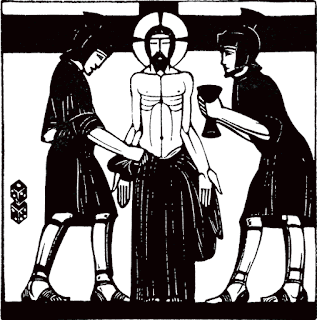I was in St James and Piccadilly the other evening looking at shoes and
books and fountain pens. They appeal to me because they are among the
finest artisan manufactures and they are more or less affordable
everyday things.
It pleases me to wear a well made pair of leather
shoes, to choose my fountain pen and nib and ink for the day (usually
several fountain pens a day with a variety of nibs and coloured inks), and to turn over the pages of a handsomely
produced and well written book. I have been a publisher and a writer and an accidental collector and I have enjoyed learning about paper and
printing and binding.
 |
| Hatchards on Piccadilly |
The other evening after window shopping at Cheaneys in Jermyn Street and Penfriend in Burlington Arcade it also pleased me to walk into Hatchards on Piccadilly, the oldest bookshop in the United Kingdom, and to see that
The Quest for Mary Magdalene, the book that I had newly written, a book that was still coming off my keyboard and out of my hand-written notebooks just over two months ago, was on the central table by the door. What pleased me was the magic of it. That something inside my head was now reproduced and made available to anyone with the curiosity and a few quid to pick it up. It is something like baking bread.
 |
| The Quest for Mary Magdalene on the front table at Hatchards, Piccadilly. |



















